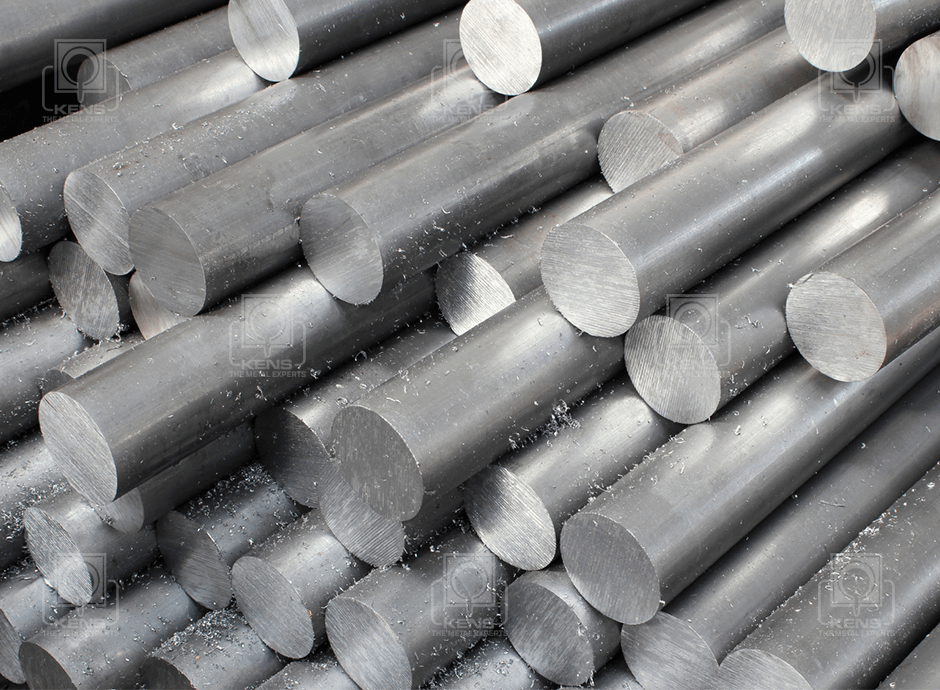What are the implications of changes in metal demand from emerging markets?
3 min read
In the ever-evolving landscape of global trade and economics, the shifting patterns of metal demand from emerging markets wield significant implications. From the corridors of power to the bustling factories, these changes reverberate through industries, economies, and investment landscapes worldwide. Let’s explore the multifaceted implications of these shifts and how they shape the future of metal markets and beyond.
Understanding Emerging Markets’ Role
Emerging markets, often characterized by rapid industrialization, urbanization, and growing consumer demand, play a pivotal role in driving global metal consumption. Countries like China, India, Brazil, and others have been at the forefront of this growth, fueling demand for metals across various sectors, including construction, manufacturing, automotive, and infrastructure development.
Economic Growth and Industrialization
The surge in metal demand from emerging markets is closely tied to their economic growth and industrialization processes. As these economies expand, they require vast quantities of metals such as steel, aluminum, copper, and others to build infrastructure, construct buildings, and manufacture consumer goods. This insatiable appetite for metals not only drives domestic industries but also fuels global trade and investment in metal-producing regions.
Supply and Demand Dynamics
Changes in metal demand from emerging markets can have profound effects on global supply and demand dynamics. Increased demand puts upward pressure on prices, benefiting metal producers and exporters. Conversely, fluctuations in demand or shifts in consumption patterns can lead to oversupply or shortages, impacting prices and market stability. Understanding these dynamics is crucial for investors, traders, and policymakers alike to navigate the complexities of metal markets.
Environmental and Sustainability Considerations
The growing demand for metals also raises important environmental and sustainability concerns. The extraction, processing, and disposal of metals can have significant environmental impacts, including deforestation, habitat destruction, and pollution. As emerging markets strive for sustainable development, there is increasing pressure to adopt environmentally friendly practices and technologies to mitigate these effects and promote responsible resource management.
Geopolitical Implications
Metal demand from emerging markets can also have geopolitical implications, shaping international relations and strategic alliances. Countries rich in metal resources may leverage their position to enhance diplomatic ties and influence global trade negotiations. Moreover, competition for access to critical metals such as rare earth elements can intensify geopolitical tensions and geopolitical risk, impacting supply chains and market stability.
Investment Opportunities and Risks
For investors, changes in metal demand from emerging markets present both opportunities and risks. Rapidly growing economies offer potential for high returns on investment in metal-producing companies, infrastructure projects, and commodities markets. However, volatility, regulatory uncertainty, and geopolitical risks must be carefully considered when making investment decisions in these markets.
Conclusion
The implications of changes in metal demand from emerging markets are far-reaching and multifaceted, shaping global economies, industries, and investment landscapes. From driving economic growth and industrialization to influencing supply and demand dynamics, environmental sustainability, geopolitics, and investment opportunities, these shifts impact various aspects of the global economy. By understanding these implications and adapting strategies accordingly, stakeholders can navigate the complexities of metal markets and capitalize on emerging opportunities in the ever-changing global landscape.



